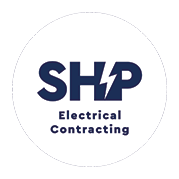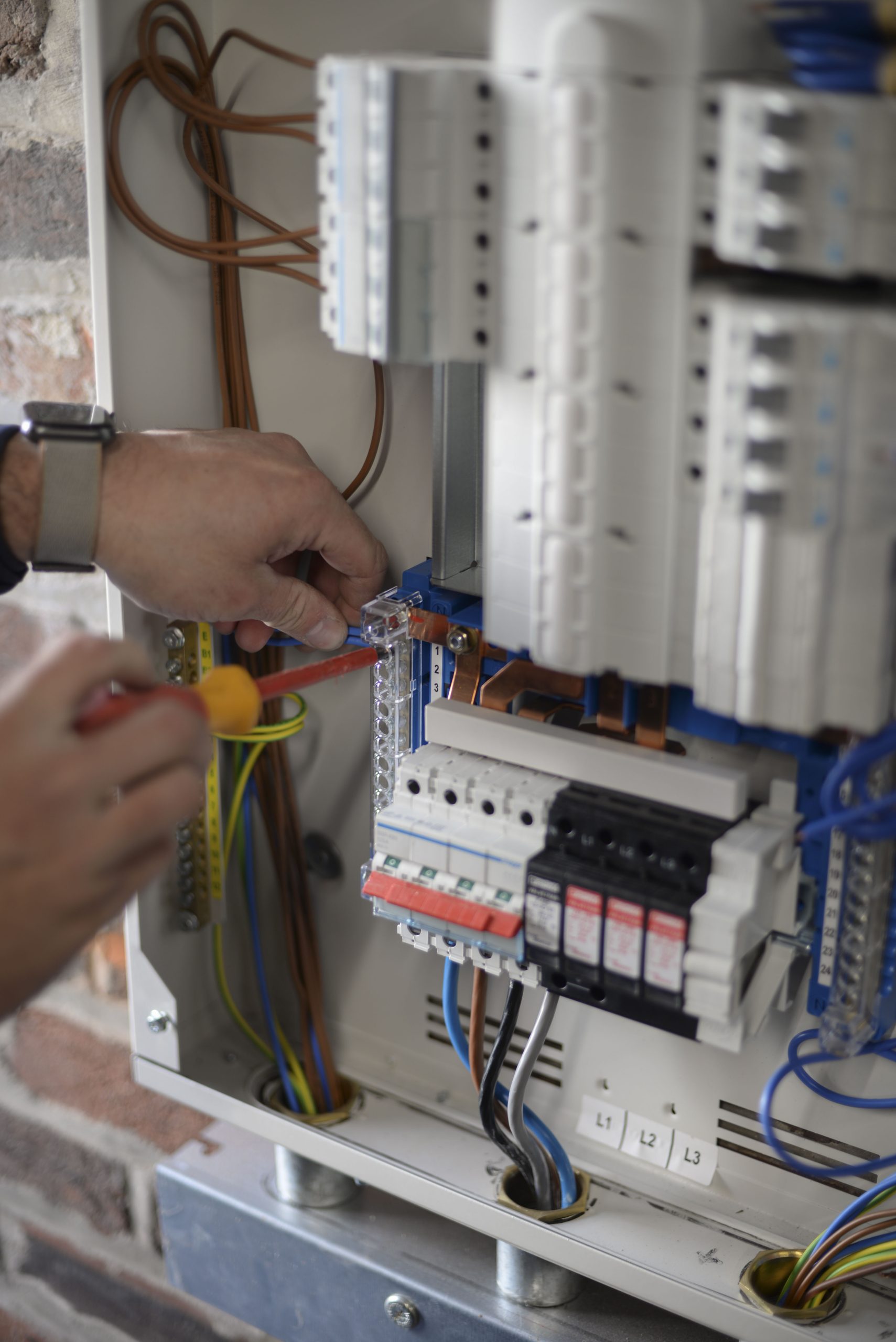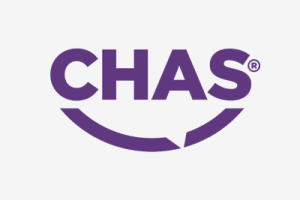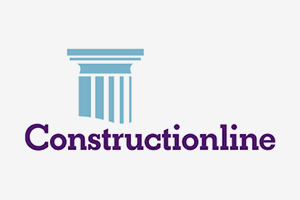
An EICR is an Electrical Installation Condition Report. It is a formal document that is produced following an assessment of the electrical installation within a property. It must be carried out by an experienced qualified electrician or approved contractor. Usually this means they will have taken a course covering periodic inspection and testing and are recognised with the JIB or a scheme provider such as the NICEIC/NAPIT plus has a good working knowledge and experience of electrical installations.
There are many reasons why a domestic or commercial property might request an EICR and indeed they are highly recommended where proof may be required to show an electrical installation is safe. One of the more common reasons an EICR is requested is in rented accommodation where an EICR is the most straightforward and least time-consuming method of proving an electrical installation is safe.
An EICR is also recommended in all electrical systems every 5 years to check the condition of the electrical installation and ensure there is no deterioration, however there may be reasons why an EICR would need to be done more often. Typical reasons include:
Age of the installation. (The older the installation the more often an EICR should be carried out)
Type of property. For example, if the property has a swimming pool, the recommended interval between an EICR is 1 year, however only the parts of the installation relating to the swimming pool would need to be assessed.
Environmental Conditions.
Misuse of the installation such as vandalism.
Change in usage of domestic premises. This could be change of occupancy in rental properties, or a property is being prepared to be sold. It is highly recommended that an EICR is carried out with each change of occupancy in rental properties to ensure the property remains electrically safe. Equally, requesting an EICR on a property that is being purchased is the best way to find out if work needs to be carried out on the electrical system.
Any concerns the householder has about the condition of their electrical installation.
An EICR provides peace of mind that a home is electrically safe, and they are not expensive to carry out. In the same way as a boiler would be serviced every year, consider having an EICR carried out at the recommended intervals, the yearly cost of an EICR is extremely low when compared to the cost of an annual car service or annual boiler service yet could save a sizeable sum of money as an EICR would pick up on a potential problem before it became a serious, costly issue.
During an EICR, an electrician may make several electrical observations and will give each one a recommendation code. The observations describe a defect or omission within the electrical installation. The electricians will code each observation according to the level of severity. The observations will be written in a clear way and are not in any way a sales tool. The customer would then be able to source competitive quotes for the works recommended should they wish to do so.
EICR testing procedure.
The following procedures should be followed as part of the periodic test and inspection sequence:
- Continuity
- Bonding conductors’ continuity
- Ring circuit continuity
- Insulation resistance
- Polarity
- Earth fault loop impedance
- Earth electrode resistance
- RCD testing
- Functional testing of isolators and breakers
- Initial verification test sequence
- Initial verification testing sequence
- Dead testing (before connection of the supply)
- Continuity of protective conductors
- Main and supplementary bonding continuity
- Continuity of ring final circuit conductors
- Insulation resistance
- Site applied insulation
- Protection by separation
- Protection by barriers and enclosures
- Insulation of non-conducting floors and walls
- Polarity
- Earth electrode resistance if an earth electrode resistance tester is used.
SHP only installs the best.
- Hager
- CPN Cudis
- Wylex
- Schneider
- Rolec










